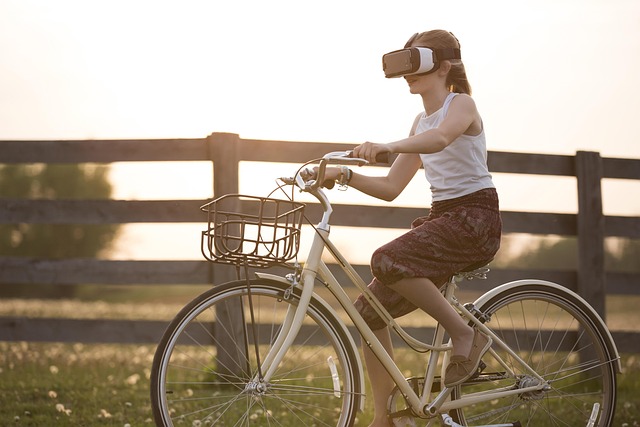The landscape of education is undergoing a revolutionary transformation with the advent of virtual learning systems. These innovative platforms are not just reshaping how knowledge is delivered; they’re enhancing the overall learning experience by integrating advanced technologies like virtual reality (VR), augmented reality (AR), and the metaverse. The potential of these systems is boundless, offering immersive educational environments that can engage students in ways traditional classrooms never could.
Imagine stepping into a virtual classroom where history comes alive. With virtual reality, students can explore ancient civilizations, witnessing monumental events as if they were there. This immersive experience fosters a deeper understanding and retention of historical facts compared to conventional learning methods. By wearing VR headsets, students can walk through the ruins of Rome, engage with historical figures, or even witness key moments in time, sparking their curiosity and ensuring an unforgettable educational journey.
Similarly, augmented reality is infusing learning with interactivity that enhances comprehension. For instance, students studying biology can point their devices at a textbook illustration, bringing the anatomy to life in three dimensions. This visual aid not only makes complex topics easier to grasp but also encourages collaboration as learners can share their discoveries with peers, enriching the educational experience. The use of AR in labs allows students to conduct experiments in a safe virtual environment, fostering a hands-on approach without the risks associated with real-life experiments.
The concept of the metaverse takes this one step further, creating an expansive, shared virtual space where learning knows no bounds. In the metaverse, students can socialize, collaborate on projects, and even participate in global classrooms where they can learn from experts across the globe. This interconnectedness breaks geographical barriers and cultures, allowing for a more diversified learning experience. Such an environment nurtures skills like teamwork and communication, essential for today’s workforce.
Moreover, virtual learning systems enable personalized education tailored to individual learning paces and styles. With data analytics, educators can assess students’ progress in real-time and adjust curricula to better serve each learner’s needs. This adaptive learning approach helps in identifying knowledge gaps, ensuring no student is left behind and promoting inclusivity in education.
As we continue to embrace these technological advancements, the question arises: how can educators harness the full potential of virtual learning systems? It’s essential for teaching staff to be trained in these new technologies to effectively guide students in this new frontier of learning. Educators can explore innovative teaching methodologies that emphasize collaboration and real-world problem-solving in virtual environments, thus preparing students not just academically, but also socially and emotionally for the future.
In addition to engaging students, virtual learning systems also extend the reach of education to those who may not have access to quality resources. With internet connectivity, learners in remote or underserved areas can benefit from world-class educational materials, online courses, and expert instruction, narrowing the equity gap in education. The fervor for lifelong learning is also strengthened, as adults can continue their education through flexible online modules that fit their schedules.
The potential of virtual learning systems combined with technologies like VR, AR, and the metaverse offers a glimpse into a future where education is accessible, immersive, and responsive to the needs of every learner. As we venture forward, maintaining a focus on harnessing these innovations ethically and effectively will be crucial to ensuring that the future of education is bright and inclusive.



